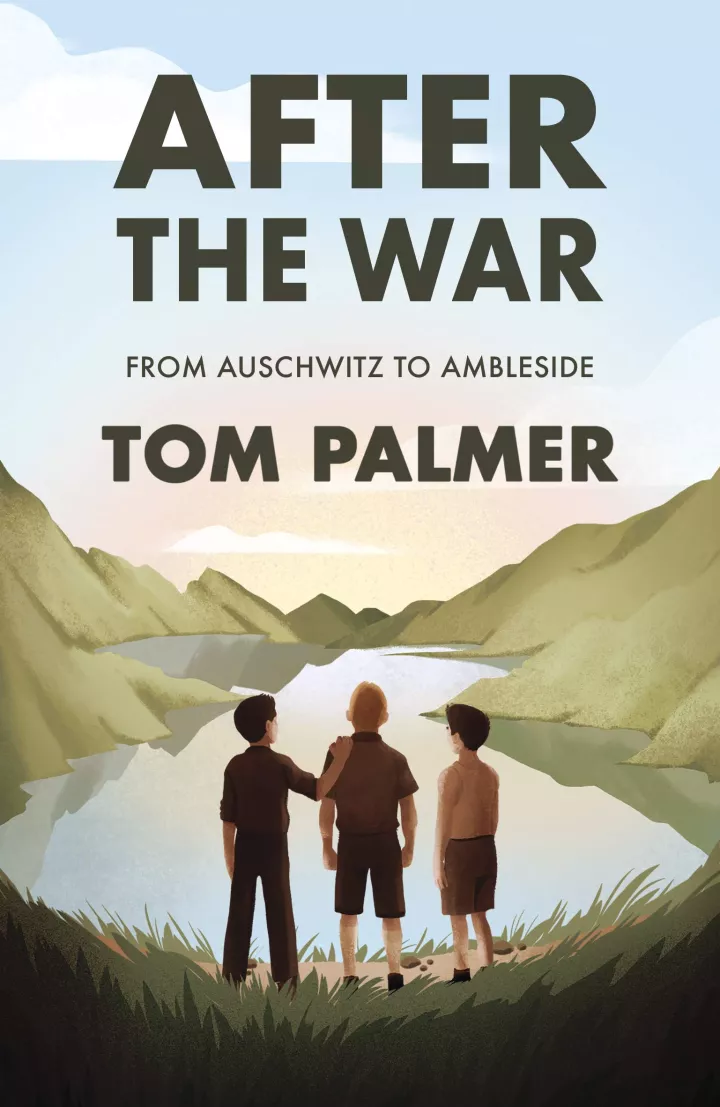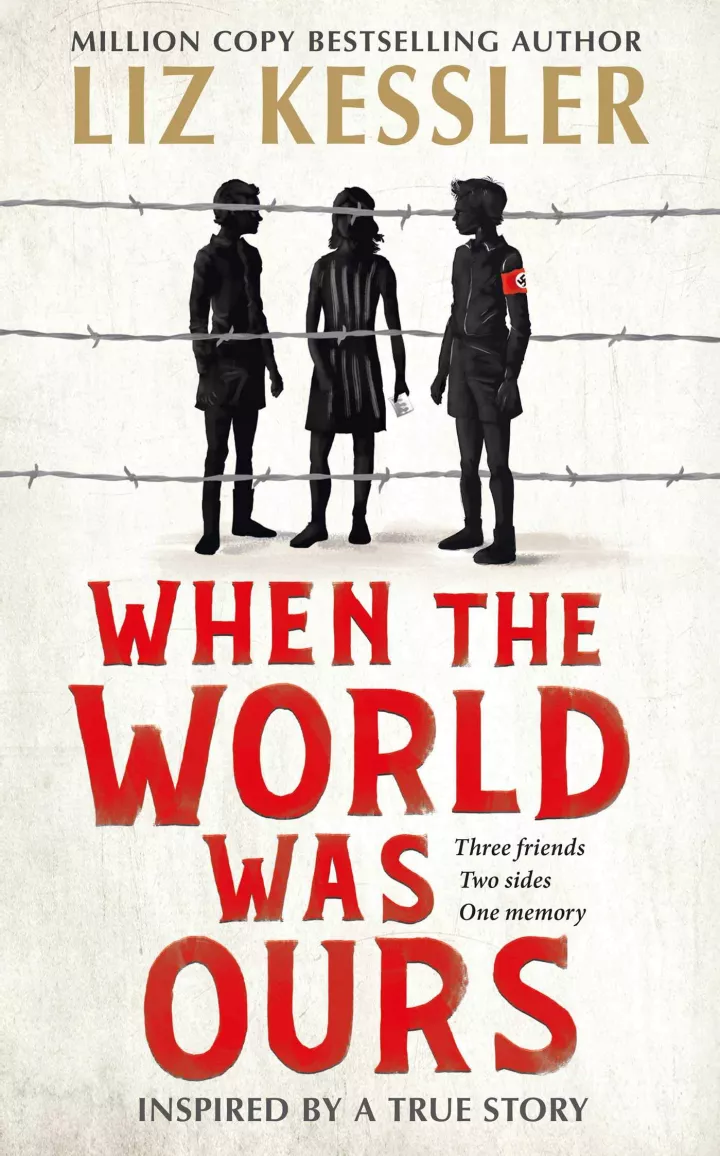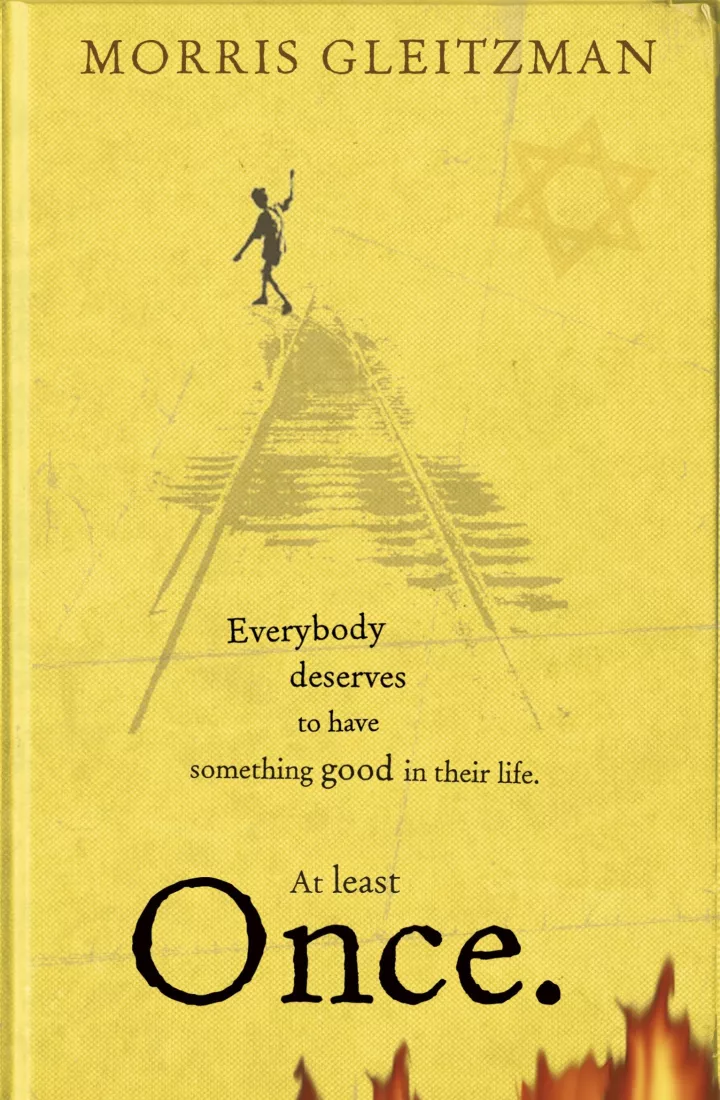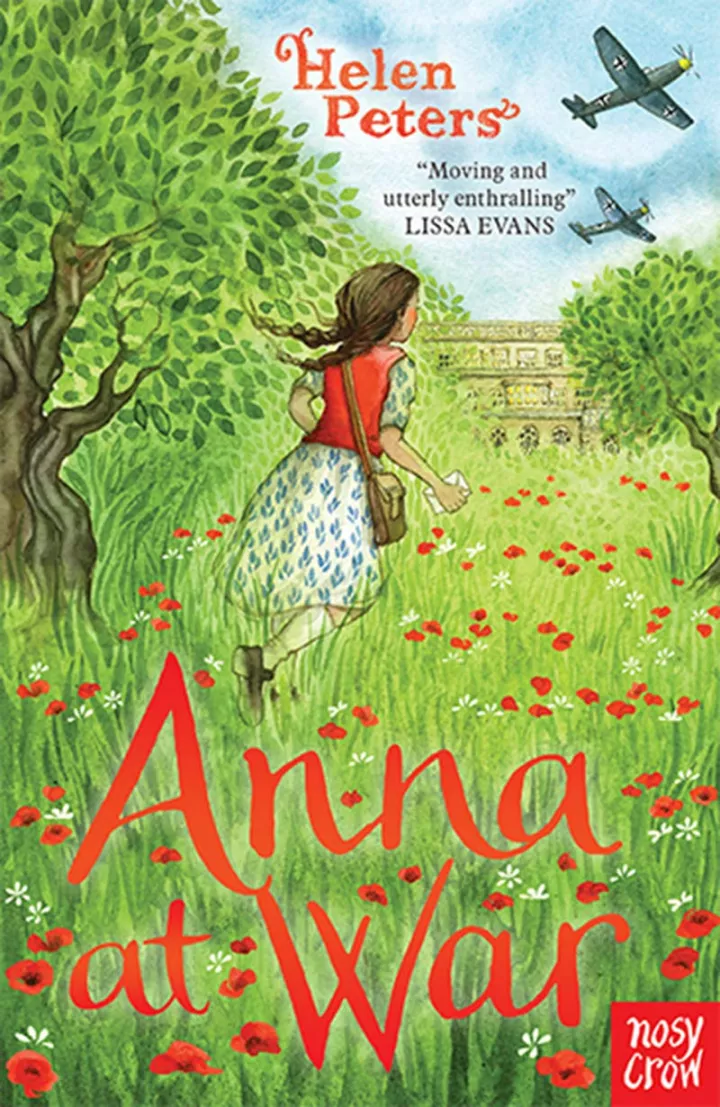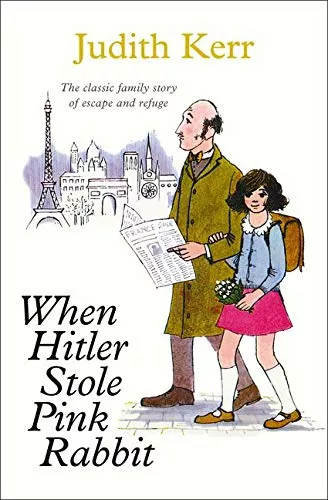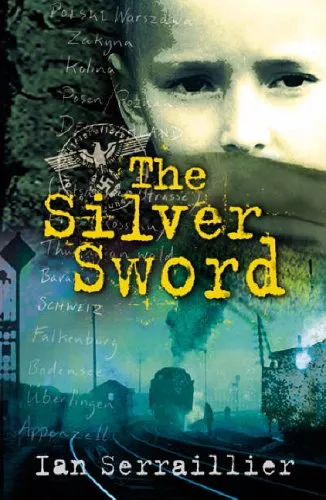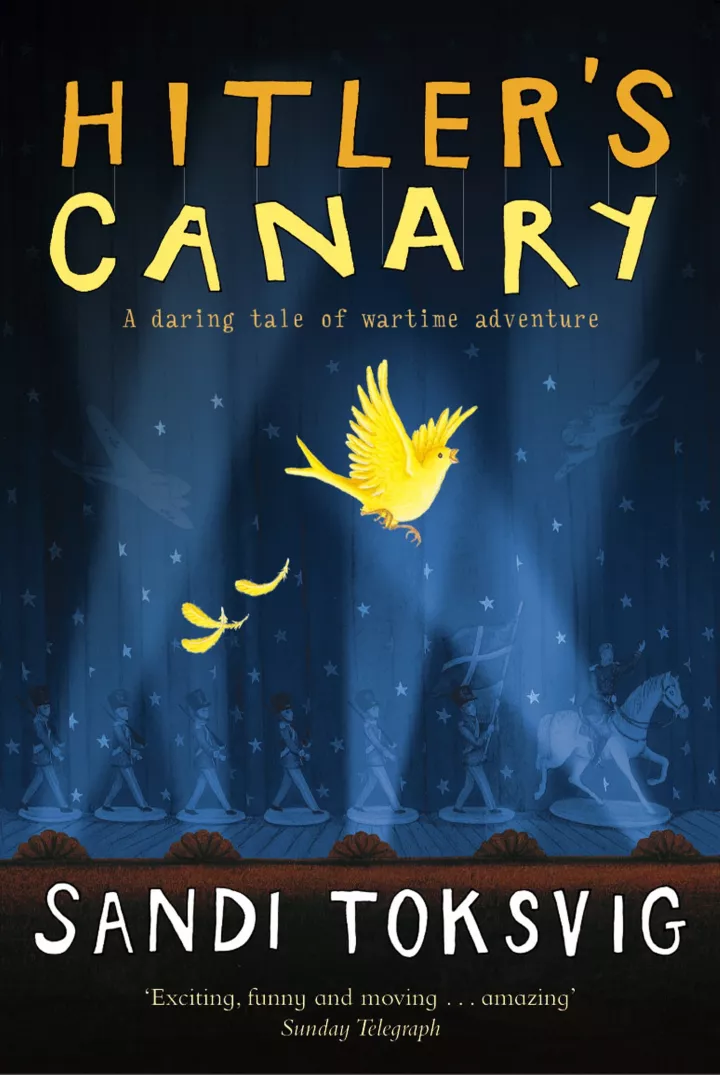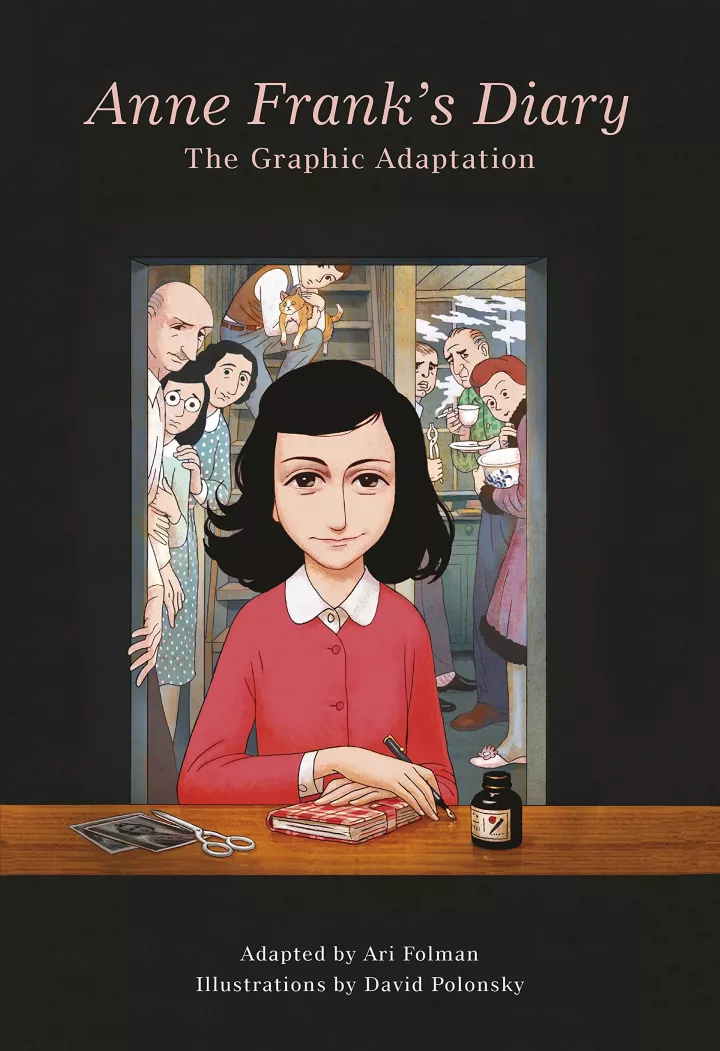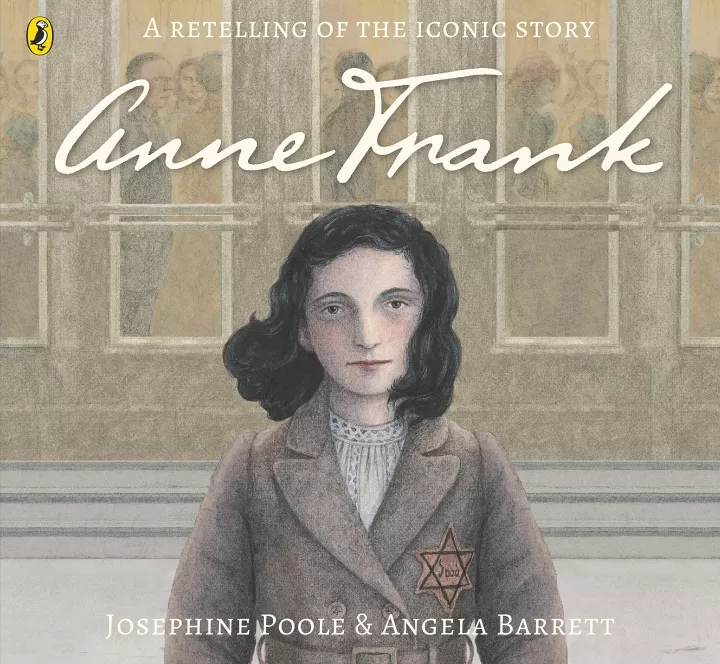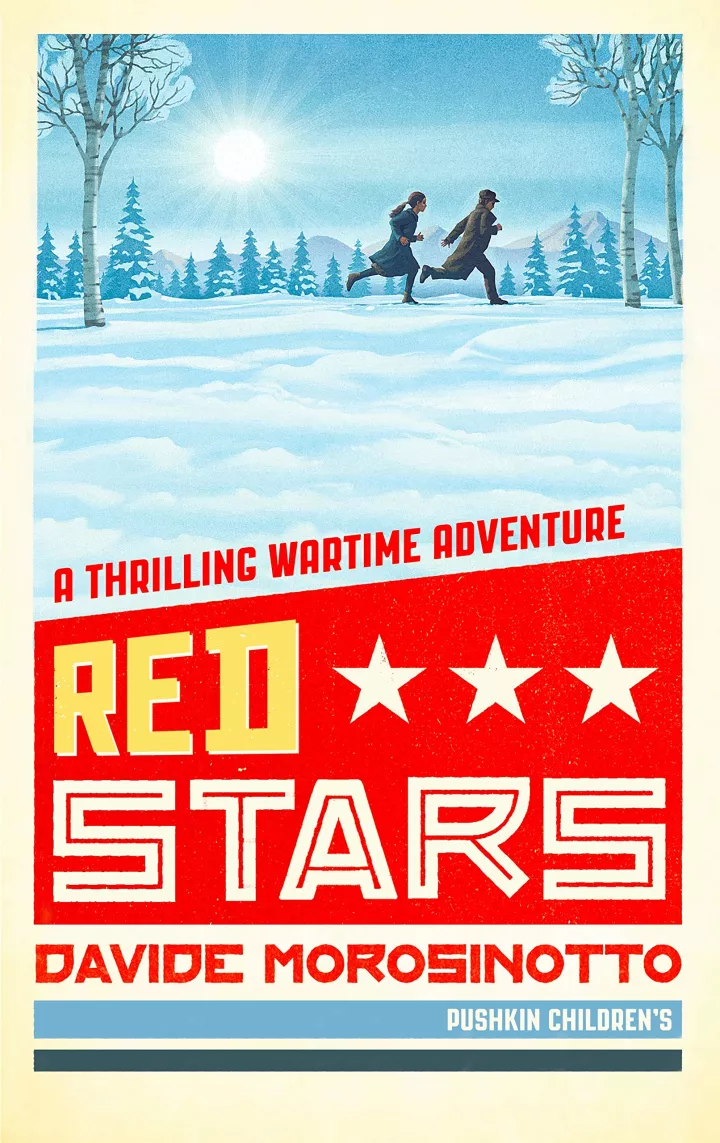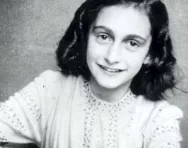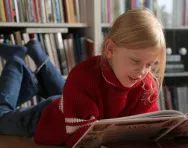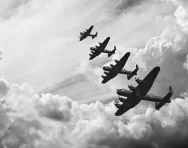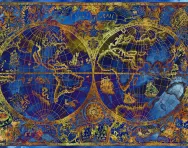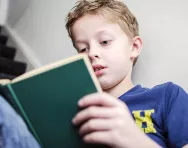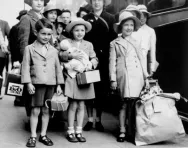Important update from TheSchoolRun
For the past 13 years, TheSchoolRun has been run by a small team of mums working from home, dedicated to providing quality educational resources to primary school parents. Unfortunately, rising supplier costs and falling revenue have made it impossible for us to continue operating, and we’ve had to make the difficult decision to close. The good news: We’ve arranged for another educational provider to take over many of our resources. These will be hosted on a new portal, where the content will be updated and expanded to support your child’s learning.
What this means for subscribers:
- Your subscription is still active, and for now, you can keep using the website as normal — just log in with your usual details to access all our articles and resources*.
- In a few months, all resources will move to the new portal. You’ll continue to have access there until your subscription ends. We’ll send you full details nearer the time.
- As a thank you for your support, we’ll also be sending you 16 primary school eBooks (worth £108.84) to download and keep.
A few changes to be aware of:
- The Learning Journey weekly email has ended, but your child’s plan will still be updated on your dashboard each Monday. Just log in to see the recommended worksheets.
- The 11+ weekly emails have now ended. We sent you all the remaining emails in the series at the end of March — please check your inbox (and spam folder) if you haven’t seen them. You can also follow the full programme here: 11+ Learning Journey.
If you have any questions, please contact us at [email protected]. Thank you for being part of our journey it’s been a privilege to support your family’s learning.
*If you need to reset your password, it will still work as usual. Please check your spam folder if the reset email doesn’t appear in your inbox.
Best children's books about the Holocaust
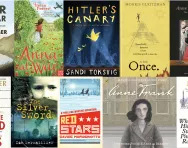
January 27 marks the anniversary of the liberation of Auschwitz-Birkenau, the largest Nazi death camp. In the years since, this date has become internationally recognised as Holocaust Memorial Day, the day we remember the six million Jews murdered in the Holocaust alongside the millions of other people killed under Nazi persecution and in subsequent genocides in Cambodia, Rwanda, Bosnia and Darfur.
Due to the sensitive nature of the subject matter included within these stories, we strongly advise teacher or parent pre-reading before sharing with children to assess the suitability and appropriateness of the content for the individual child.
After the War: from Auschwitz to Ambleside by Tom Palmer
(£6.99, Barrington Stoke)
Set after World War II, this children's novel tells the story of three boys who arrive in the English Lake District, with three hundred other child refugees known as the Windermere children, after having survived the Nazi concentration camps. Plagued by the haunting nightmares of their experiences, the true horrors that they have witnessed are understood and above all, their new place of home provides the sanctuary, safety and peace where they can hopefully begin to recover. Deeply moving, well-researched and wonderfully written.
When The World Was Ours by Liz Kessler
(£12.99, Simon & Schuster Children's UK)
This is such a powerful story that deals with the tough subject matter of the Holocaust through the interlinked stories of three children who have been best friends since the day they met. That all changes, however, when the Nazis rise to power and the children's friendship is tested, leaving them divided, on opposing sides of the conflict. Inspired by a true story, this is sure to impact young readers long after they've turned the last page.
Once by Morris Gleitzman
(£6.99, Puffin)
The tale of a young Jewish boy, caught in the middle of the Holocaust, who is determined to escape the orphanage he lives in to save his Jewish parents from the Nazis in the occupied Poland of the Second World War. Heartbreaking and harrowing in places, this is one for slightly older readers (10+) who may wish to talk more about it with an adult whilst reading or afterwards.
Anna at War by Helen Peters
(£6.99, Nosy Crow)
Anna witnesses Kristallnacht and has to flee on the Kindertransport, on one of the last trains bound for England. Leaving behind everything she has known in order to start a new life in a new country, she soon realises that the war has followed her to Kent and finds herself caught up in a web of betrayal and secrecy. But all is not lost, as Anna has a plan... This is absolutely essential reading: in my eyes, a heart-wrenching, wonderful example of transformative children’s historical fiction.
When Hitler Stole Pink Rabbit by Judith Kerr
(£6.99, Harper Collins Children’s Books)
This semi-autobiographical and unforgettable story of a Jewish family's escape from Germany before the start of the Second World War recounts some of renowned author Judith Kerr’s own experiences (she wrote it to explain her early life to her own children). Increasingly relevant today in light of the refugee crisis, this offers a brilliant child’s-eye perspective on the difficulties of leaving a place of persecution and the challenges of starting anew.
The Silver Sword by Ian Serraillier
(£6.99, Red Fox)
This children’s classic, written in 1956, provides an incredible insight into what life was like during WWII. Having lost their parents, siblings Ruth, Edek and Bronia are left alone to fend for themselves. They meet an orphan, Jan, who treasures a paper knife – a silver sword – which was given to him by an escaped prisoner of war. The three children realise that the escapee was their father, and the silver sword is a message that he is alive and searching for them. Together they begin a dangerous journey across the battlefields of Europe to find their parents. Full of hope and humanity.
Hitler’s Canary by Sandi Toksvig
(£6.99, Yearling)
It's April 1940 and German troops are pouring onto the streets of Denmark. When the threat of the Nazis becomes too much in their country, the people are forced to take action in one of history's most dramatic rescues: smuggling Denmark's Jewish population across the water to Sweden. This brilliantly-told book, based on Sandi's own family history and the stories her father shared with her, will help to inform children (and adults!) about lesser-known events of World War II.
Anne Frank’s Diary: The Graphic Adaptation by Anne Frank and David Polonsky
(£14.99, Penguin)
The Diary of Anne Frank is probably the most well-known diary in the world, a young Jewish girl's description of day-to-day life during the events of the Holocaust. In her diary, Anne Frank wrote about her life in hiding in the Netherlands, living under extraordinary conditions and coping with the very real threat of discovery and death. An adaptation of the diary is more age-appropriate for primary school children; this graphic novel adaptation, authorized by the Anne Frank Foundation, provides exactly that with its engaging format and illustrations.
Anne Frank by Josephine Poole and Angela Barrett
(£7.99, Red Fox)
An ideal introduction to Anne Frank for younger or less confident readers, with lots of information and very detailed and realistic illustrations of Anne’s life before the war and what she was like as a small girl, at home with her family and friends, as well as the events that she experienced after 1942.
Red Stars by Davide Morosinotto
(£12.99, Pushkin Children's Books)
A thrilling and moving wartime adventure story of courage, bravery and love about two 12-year-old twins who become separated during the war when they’re evacuated from their family home. Their journey to find each other again is told through maps, photos, illustrations and other exciting visual elements, all adding to the authenticity of the story and making this a book like no other. It’s the very definition of a hidden gem and if I had to choose a favourite from this list, this would be it.
